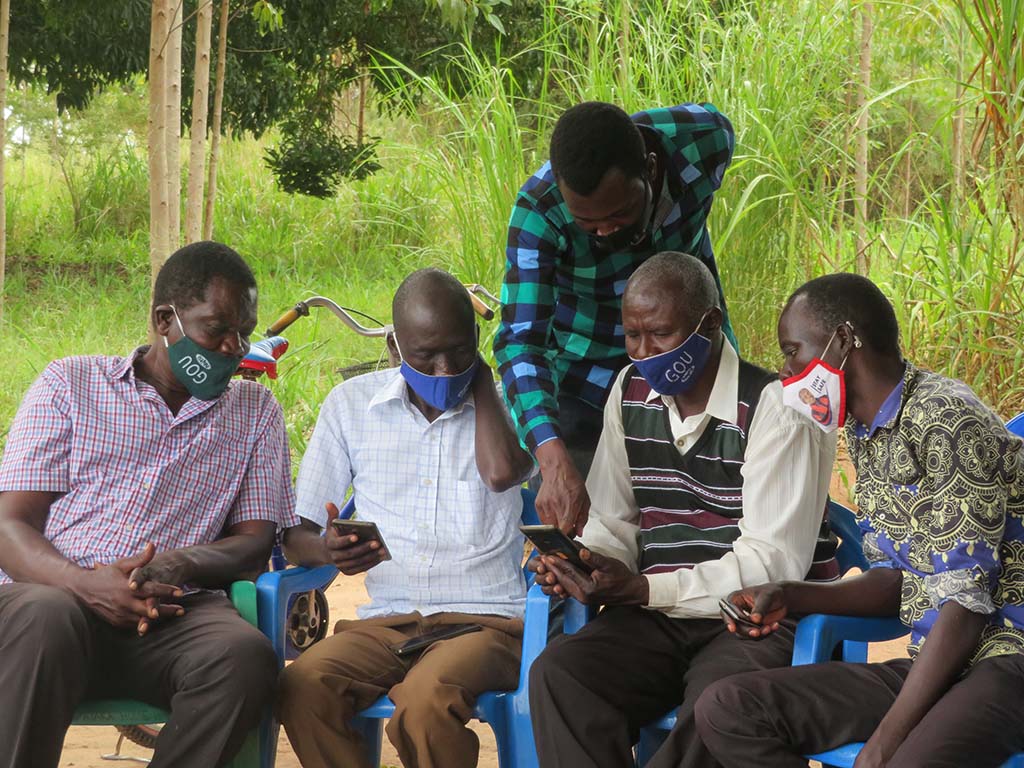Agricultural Assistance in AfricaWorking hand-in-hand with smallholder farmers
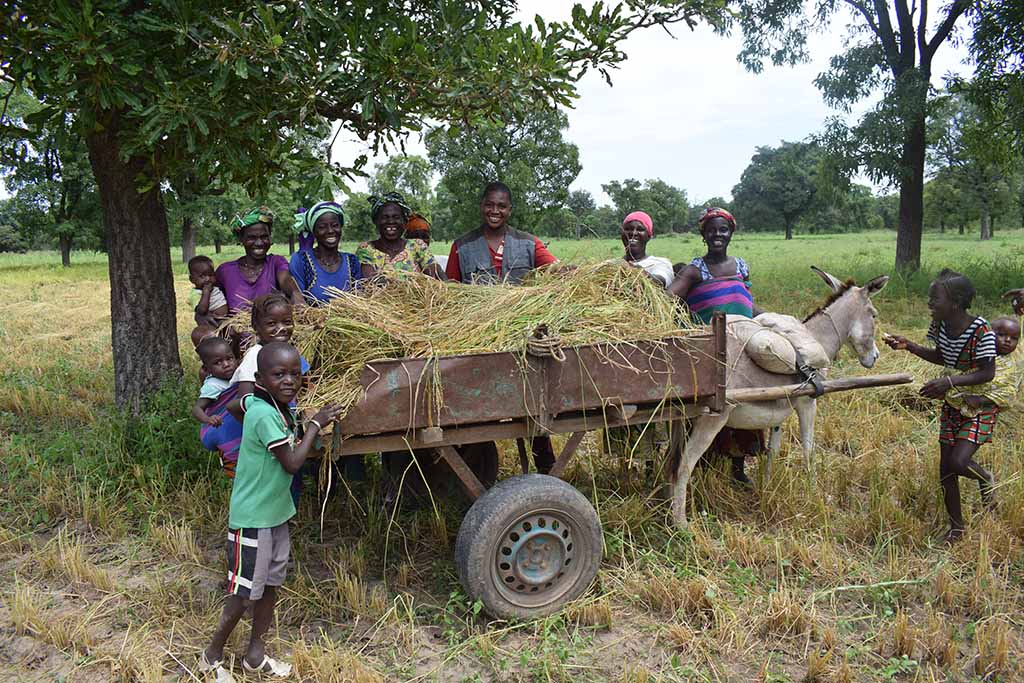
Challenges for sustainable food production in Africa
Agriculture accounts for more than 20% of GDP in as many as 30 African countries. Roughly 60-70% of Africa’s population lives in rural areas, and many of these people are smallholder farmers. Africa’s population is expected to reach 2.4 billion (double the current level) by 2050. By then, demand for grain in Africa is expected to increase threefold. At the same time, agricultural productivity has been declining in recent years from the effects of climate change and soil degradation. Population growth and urbanization have constrained further expansion of arable land. The spread of COVID-19, moreover, has made food insecurity more serious in most parts of Africa. The sustainable production of safe and nutritious food for the more than 1.2 billion Africans, especially those in rural areas who are responsible for local food production, is an urgent task.
Agricultural support focusing on the entire value chain from production to consumption
The Nippon Foundation’s agricultural assistance in Africa began in 1986 in the wake of a famine in Ethiopia, with the establishment of the Sasakawa Africa Association (SAA), spearheaded by founding Chairman of The Nippon Foundation Ryoichi Sasakawa, former U.S. President Jimmy Carter, and the agronomist Dr. Norman Borlaug, who won the Nobel Peace Prize for leading the “Green Revolution” in South Asia in the 1960s. At that time, many international aid agencies and African governments were focused on providing relief aid and industrializing Africa. In contrast, these three men believed in the potential of agriculture from the outset, and directed their efforts to spreading agricultural methods and techniques to smallholder farmers. Enabling farmers, who make up more than half of Africa’s population, to progress by acquiring the skills to produce food for themselves would not only solve the food problem, it would also improve their living standards. That was the starting point. Over the more than 35 years since SAA was established, The Nippon Foundation and SAA have provided agricultural assistance in 17 African countries, including those that concluded the program, in the hope of creating a world in which people can produce and have access to sufficient amounts of nutritious food. SAA is currently focusing on four countries, with offices in Ethiopia, Mali, Nigeria, and Uganda, and supports smallholder farmers from the perspectives of food, nutrition, and income security.
While partnering with agricultural ministries and research institutes in African countries, SAA has been working to provide technical training for farmers and extension agents, foster young entrepreneurs providing threshing and other processing services, and develop agricultural extension curricula for continuing education for mid-career extension agents at agricultural departments of local universities. Through these activities, roughly 10 million farmers have received agricultural extension services, and more than 9,000 extension agents have acquired specialized knowledge at partner agricultural universities. The model of using rural farms as demonstration plots for practical training in improved farming methods and techniques has been highly praised, particularly in Ethiopia. After the model was adopted by the Ethiopian government in its agricultural extension system in 1995 at the request of then interim President Meles Zenawi, it became a foundation of the country’s public extension system. Since the inception of these programs, the average maize yield per square meter of land has more than tripled in Ethiopia. Data also show a 44% reduction in post-harvest losses of major crops in some of the areas where SAA operated. Another area in which SAA’s activities have had a major impact is in Uganda, where a community-based extension model designed to train people to be dealers of seeds and fertilizers was adopted as part of the Ugandan government’s agricultural extension policy in 2018.
The Nippon Foundation is convinced that through transformation of agriculture, Africa can become a more future-oriented continent filled with dreams and hopes. We are determined to enrich the lives of the people of Africa and bring greater hope to the continent through our support of SAA.
Aiming for resilient, sustainable agriculture “with the farmer”
In the face of serious global issues including soil degradation, climate change, and COVID-19, SAA has launched a new five-year Strategic Plan (2021-2025) focusing on ensuring security in the three areas of food, nutrition, and income. The new Strategic Plan looks at the entire food system in Africa, from production to distribution and consumption, and has at its core activities aimed at “regenerative agriculture,” “nutrition-sensitive agriculture,” and “market-oriented agriculture.” SAA’s goal is to implement the new Strategic Plan effectively and contribute to building a resilient, sustainable food system in Africa.
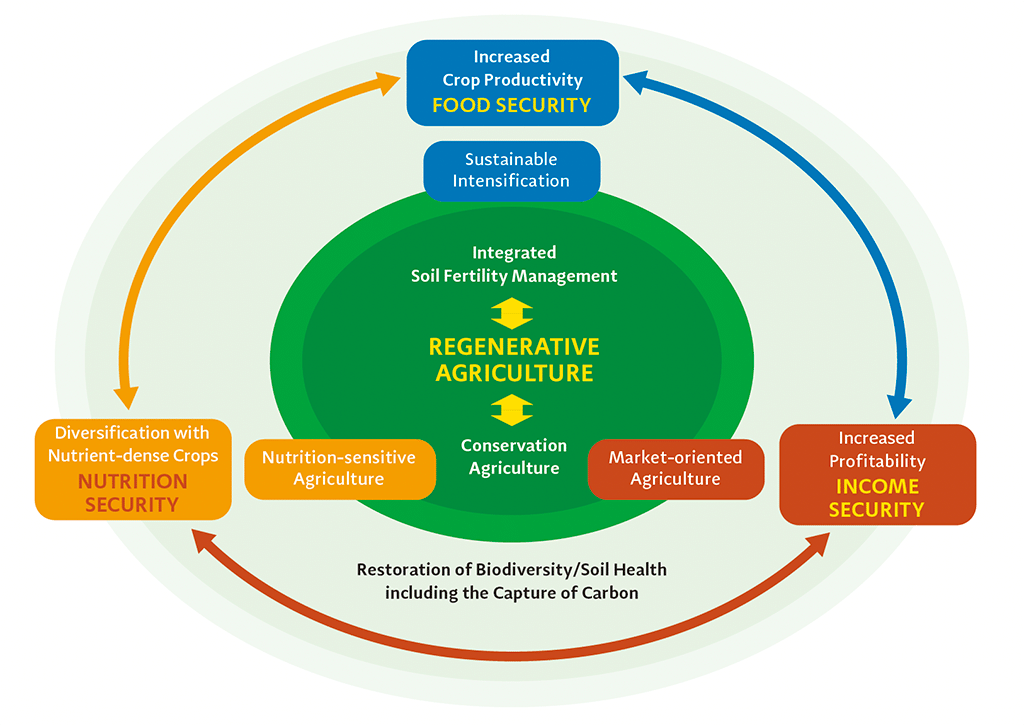
<Areas of strategic focus>
1. Sustainable, resilient, and regenerative agriculture
SAA aims to improve agricultural productivity further and reduce post-harvest losses, and also to mainstream practices that preserve and even regenerate the environment. Environmental impact will be reduced through environmental preservation practices. Regeneration of the environment will involve efforts to increase soil fertility by increasing organic matter in the soil over the long term and stimulating microbial activity.
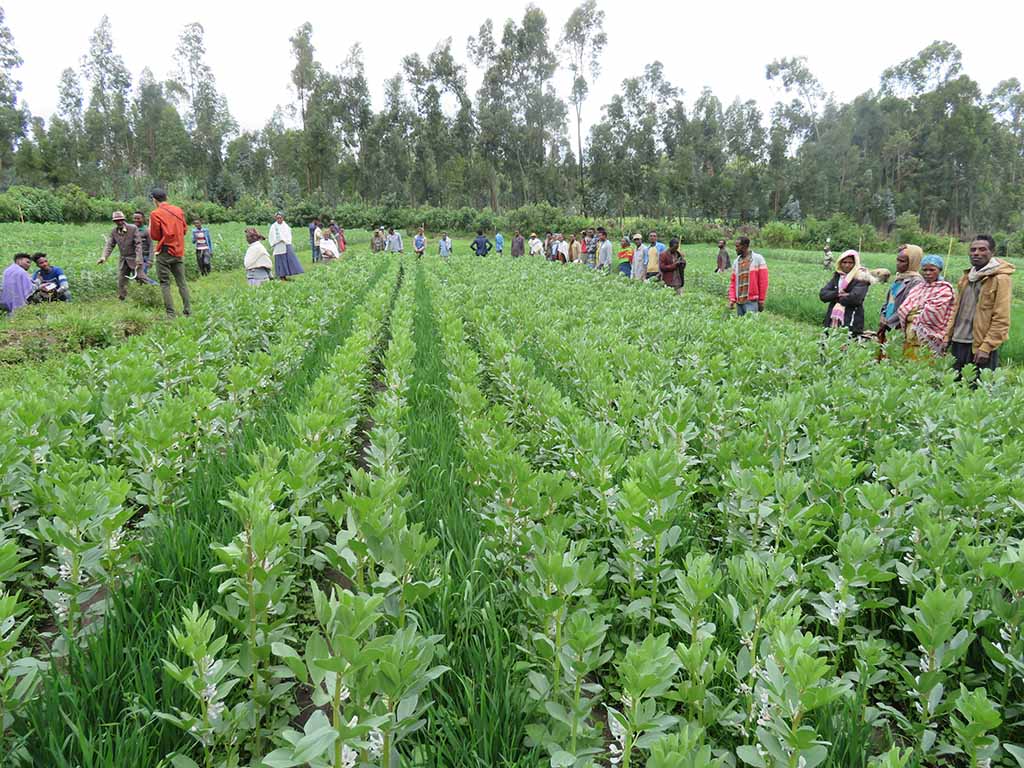
[Focal points]
- Promotion of resilient and sustainable intensification of farming
- Mainstreaming of regenerative agriculture through Conservation Agriculture (CA) and Integrated Soil Fertility Management (ISFM)
2. Nutrition-sensitive agriculture for better health
Because many of the commonly used varieties of maize, one of the major cereal crops produced in Africa, are deficient in the essential amino acids lysine and tryptophan, eating only these varieties of maize is known to lead to protein malnutrition. With a focus on supporting agriculture from farm to table, SAA became the world’s first organization to promote Quality Protein Maize (QPM), in Ghana in the late 1980s. The country is now a producer of QPM, thanks in part to subsidies from the Ghanaian government.
In 2021, SAA signed a Memorandum of Understanding (MoU) with HarvestPlus, a leading international organization developing and promoting biofortified food crops, to promote vitamin-A-biofortified maize and cassava, iron-biofortified beans, and zinc-biofortified rice. Leveraging their combined expertise and experience, the two organizations will tackle the serious issues of a growing undernourished population and child undernutrition in Africa by promoting crops high in nutrients and conducting awareness-raising campaigns on the importance of nutrition at home.
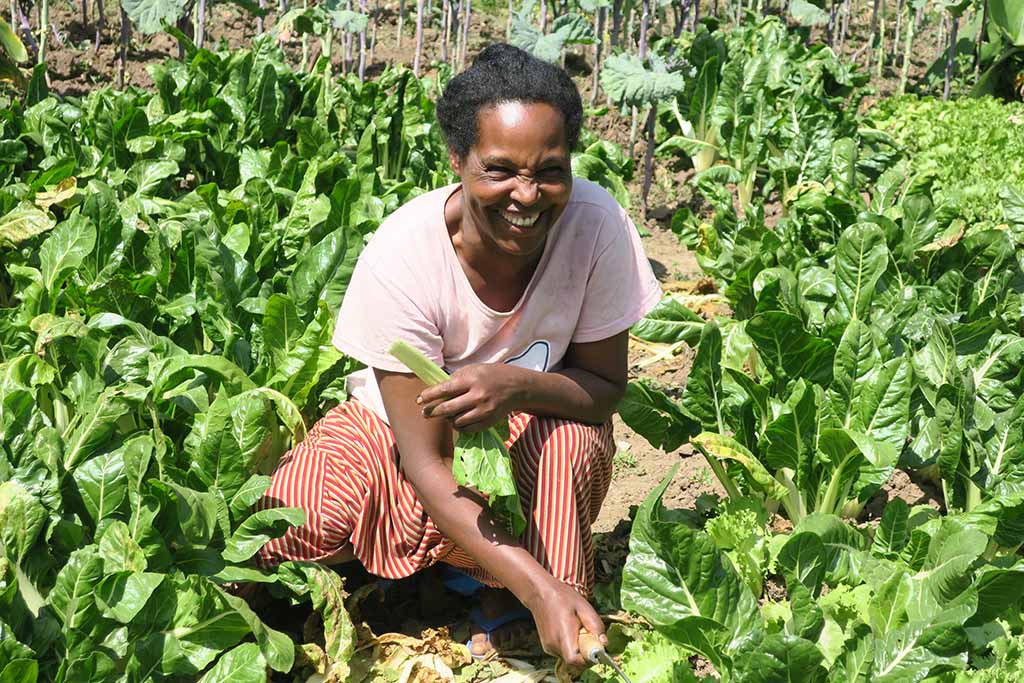
[Focal points]
- Effective promotion of high-nutrient crops (biofortified crops and indigenous vegetables)
- Promotion of businesses for farmers including a weaning-period nutritional supplement business
3. Market-oriented agriculture to develop farming as a business enterprise
Fostering a mindset in farmers of producing crops for sale rather than for personal consumption can lead to increased income and a more solid livelihood foundation. SAA provides training for farmers’ groups and cooperatives in areas including organizational management, business development, and marketing, and also assists farmers in building networks with suppliers of fertilizers and seeds, agricultural product brokers, and financial institutions.
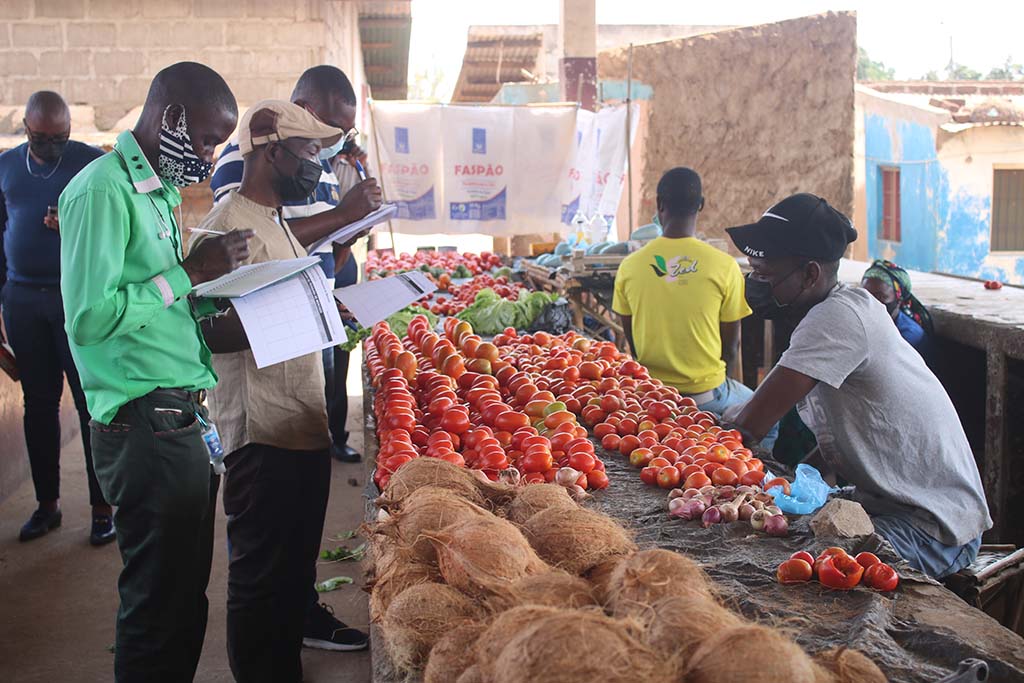
[Focal points]
- Strengthening business capacity of smallholder farmers and fostering entrepreneurship in agribusiness
- Effective operation of the SHEP (Smallholder Horticultural Empowerment and Promotion) and agricultural cooperative approaches
Voices from the field
<Cross-cutting issues>
In addition to the areas of strategic focus, SAA’s activities also emphasize the following cross-segment issues.
1. Capacity Building
- Education and training of extension agents at agricultural universities
2. Inclusion of women, youth, and persons with disabilities
- Strengthening capacity of women, youth, and persons with disabilities in agribusiness
- Promoting gender equality
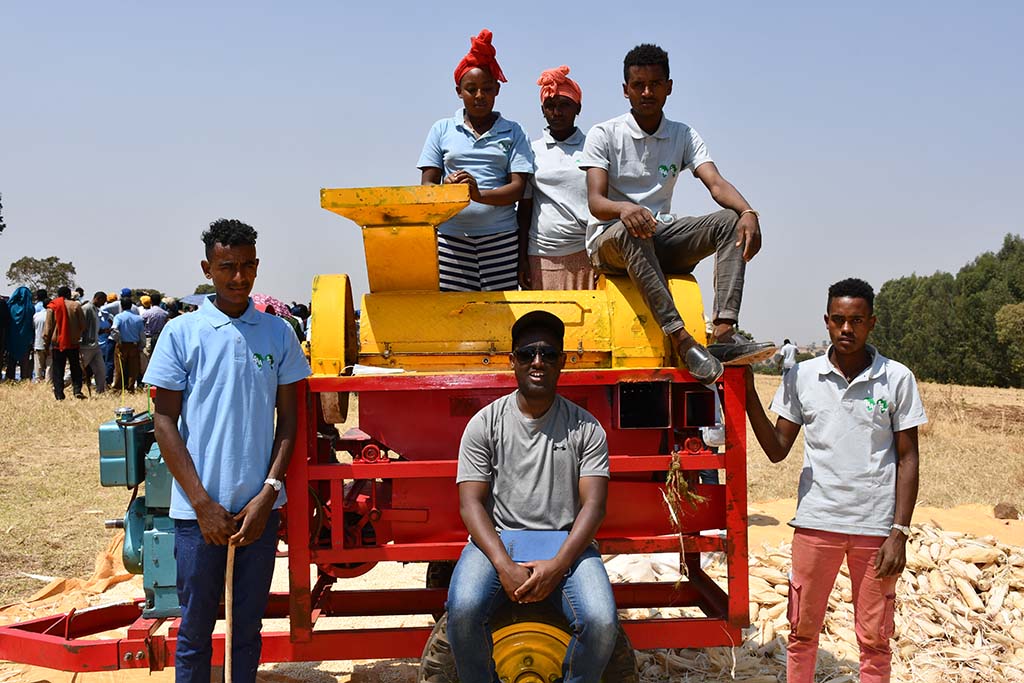
3. Digital transformation (DX) of agricultural extension
- Digital transformation (DX) of agricultural extension using information and communications technology (ICT)
